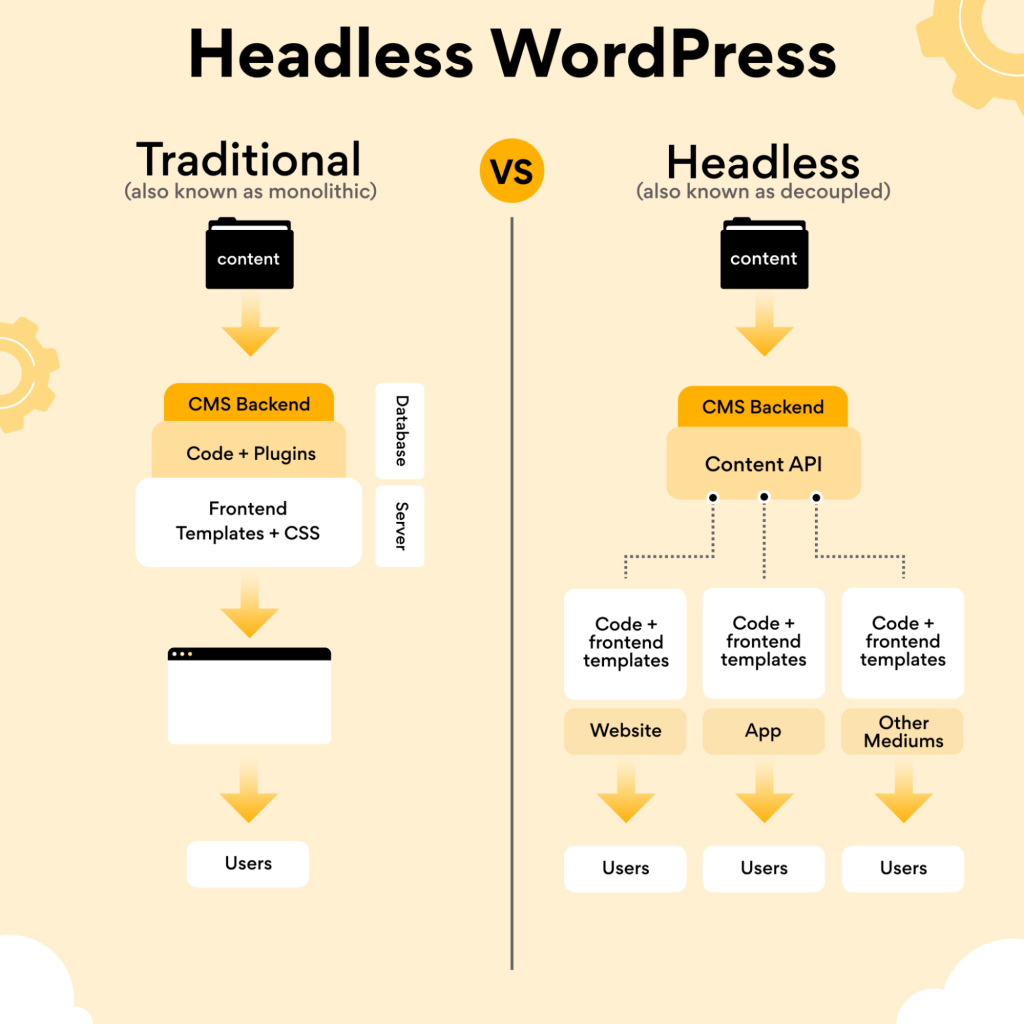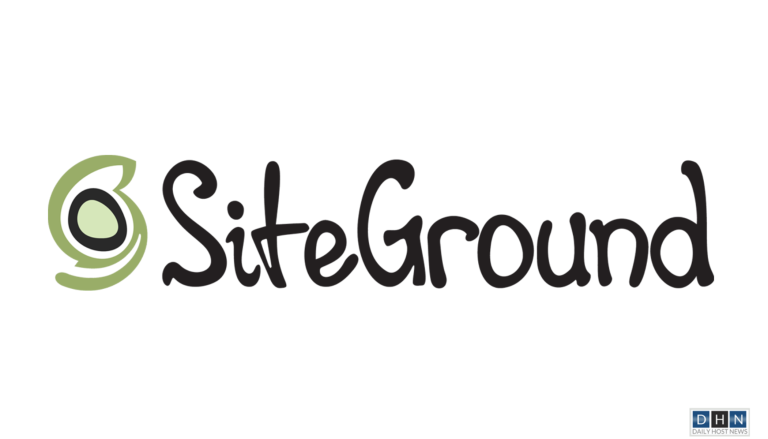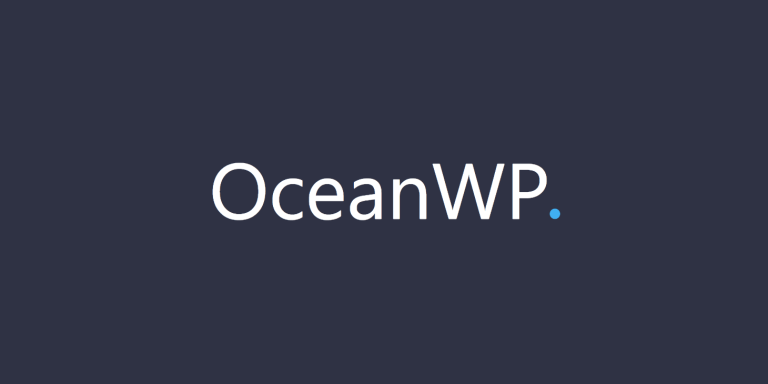Headless WordPress is a new trend that involves using WordPress as a back-end content management system while using other platforms, such as React, Vue.js, or Angular, for the front-end. Traditionally, WordPress has been used as an all-in-one solution for both the front-end and back-end of a website. However, with the rise of headless architectures and decoupled CMS, developers are increasingly using WordPress solely as a back-end content management system, while using other platforms to build the front-end of their website.
Using headless WordPress has several advantages. First, it allows for greater flexibility and customization of the front-end of the website. Developers can choose the front-end platform (website, app, other mediums) that best suits their needs and customize the design and functionality of their website without being limited by WordPress’s built-in front-end capabilities.
Second, headless WordPress can lead to faster website performance. By separating the front-end and back-end, developers can optimize each part independently, resulting in faster load times and better website performance.
Another advantage of headless WordPress is that it allows developers to use WordPress’s powerful back-end capabilities without being limited by its front-end design and functionality. WordPress has a wide range of plugins and tools for managing content, such as custom post types, taxonomies, and the REST API. By using WordPress as a back-end content management system, developers can take advantage of these tools and build custom solutions without being limited by WordPress’s front-end capabilities.

Overall, headless WordPress is a new trend that is gaining popularity among developers who are looking for greater flexibility and control over their website’s front-end design and functionality while still using WordPress as a powerful back-end content management system.



